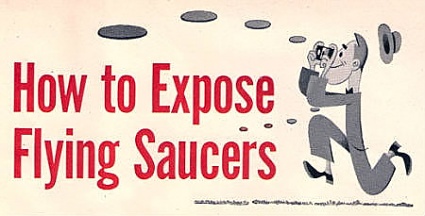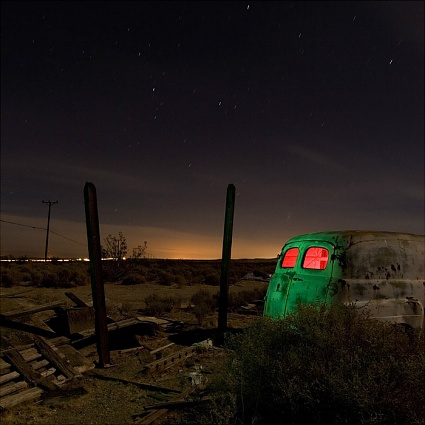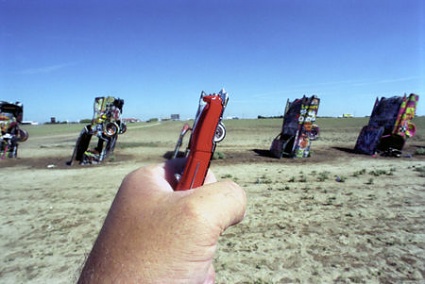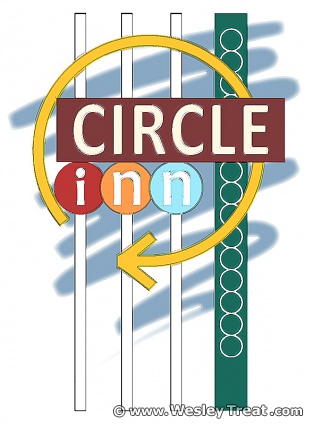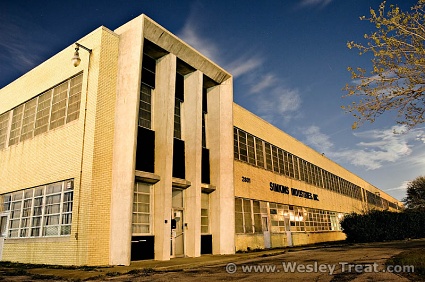"Join the Air Force's new project for studying saucers," invites popular science magazine Popular Science. Rig your camera with just the right equipment and "you, too, can join the hunt."
In an article published in January 1953, readers are shown, Instructables-style, how to add a special filter to their cameras to help determine the nature of any strange lights spotted hovering in the sky.
The article offers other tips for capturing UFOs, as well, like using a stereoscopic camera, including a landmark in your shot to determine a UFO's size and position, and most important, keeping your camera on hand for that rare moment the aliens choose to make contact.
The Air Force project the article refers to is presumably the famous Project Blue Book, which was launched the year just preceding the article and which was headquartered at Wright-Patterson Air Force Base, where readers were instructed to mail their film.




